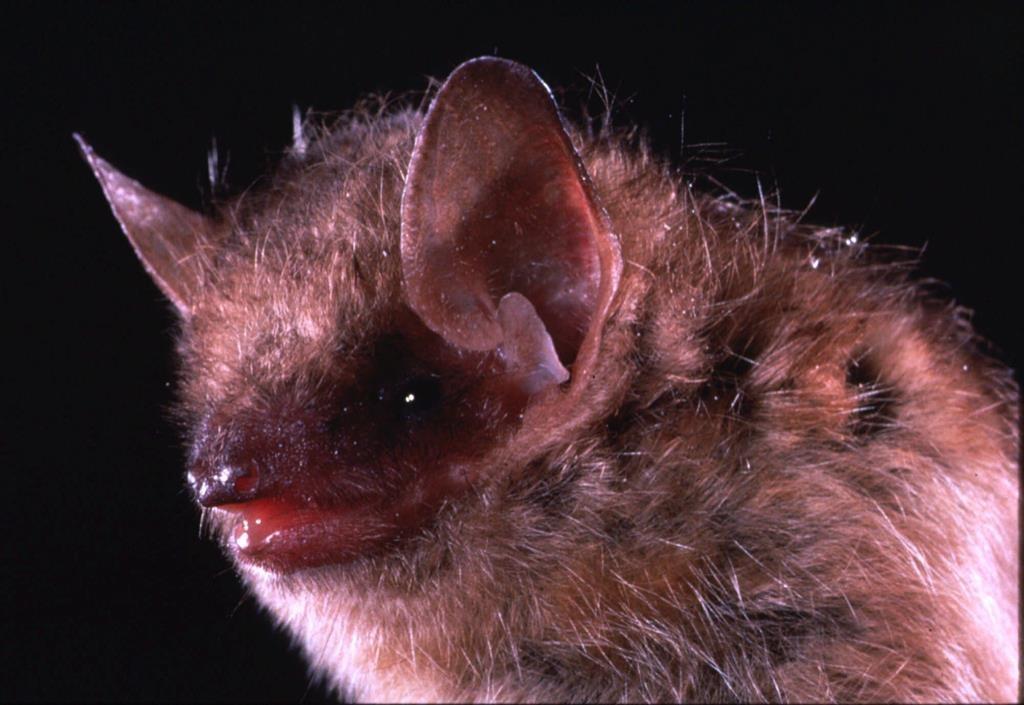A 65-year-old resident died of rabies after being exposed to a bat two months earlier, according to the Minnesota Department of Health (MDH).
The individual had exposure to a bat in western Minnesota in July, said the Sept. 27 press release, adding that this was the fourth case of human rabies in the state since 2000. The rabies diagnosis was confirmed by the Centers for Disease Control and Prevention (CDC) on Sept. 20. Although the state reported the death as “rare,” health officials said that “this case is an important reminder that bats in Minnesota can have rabies and that the public should avoid contact with bats.”





